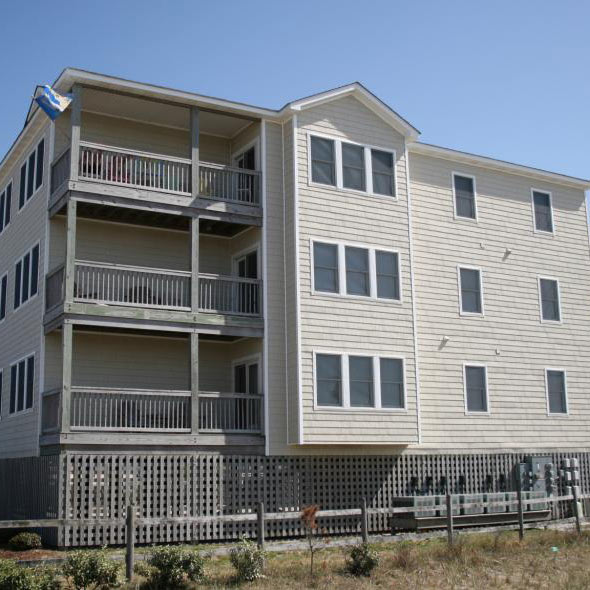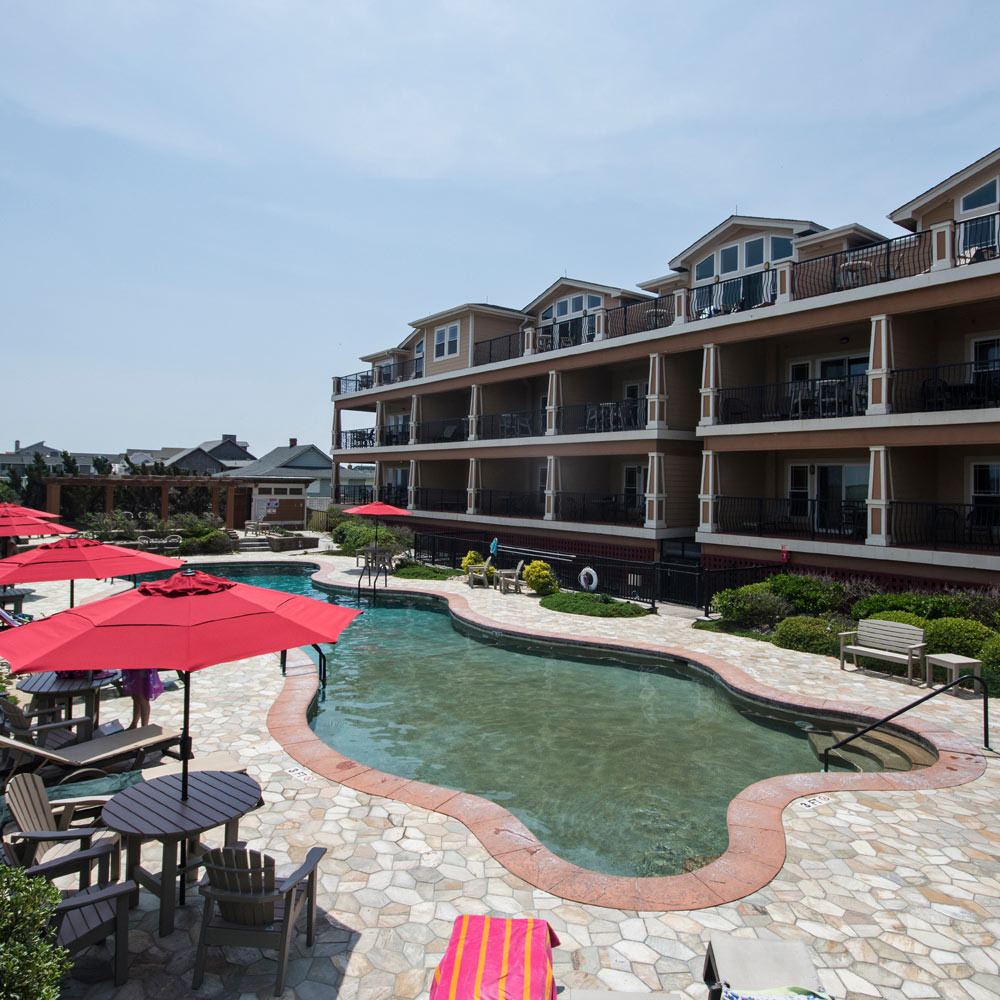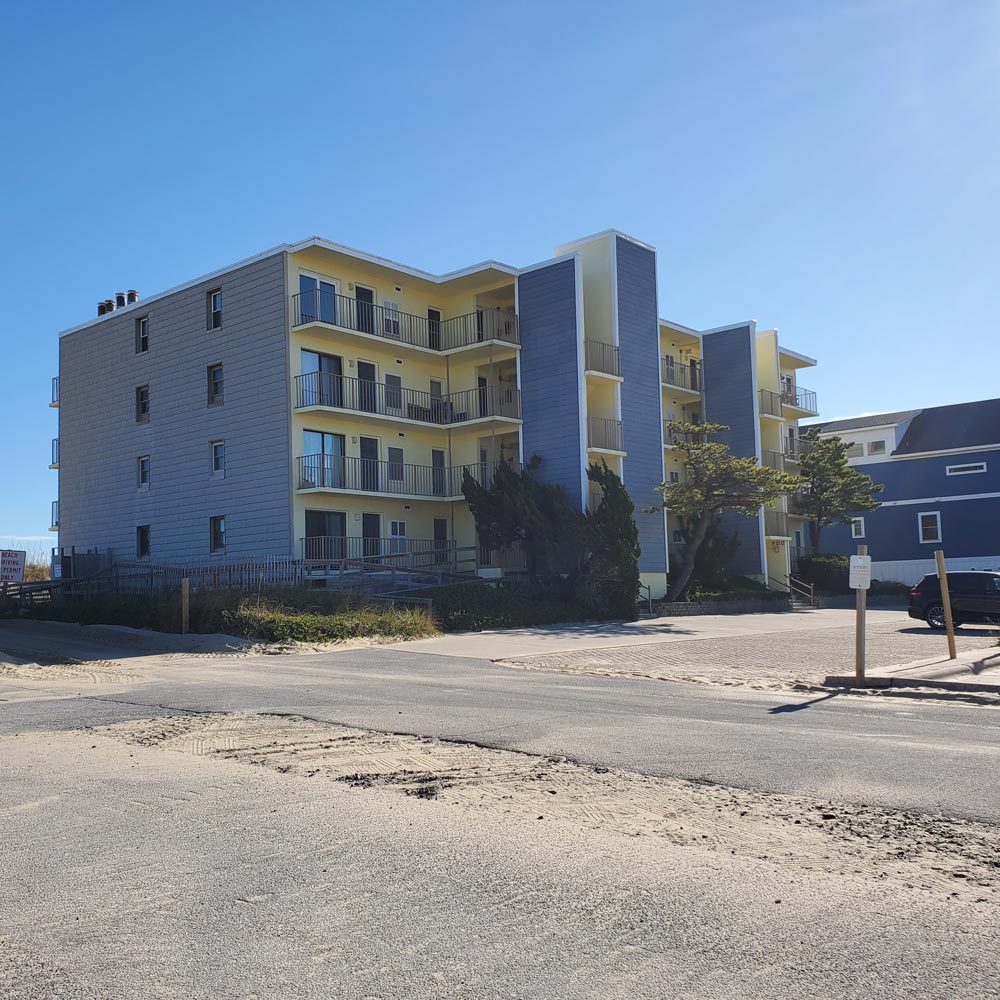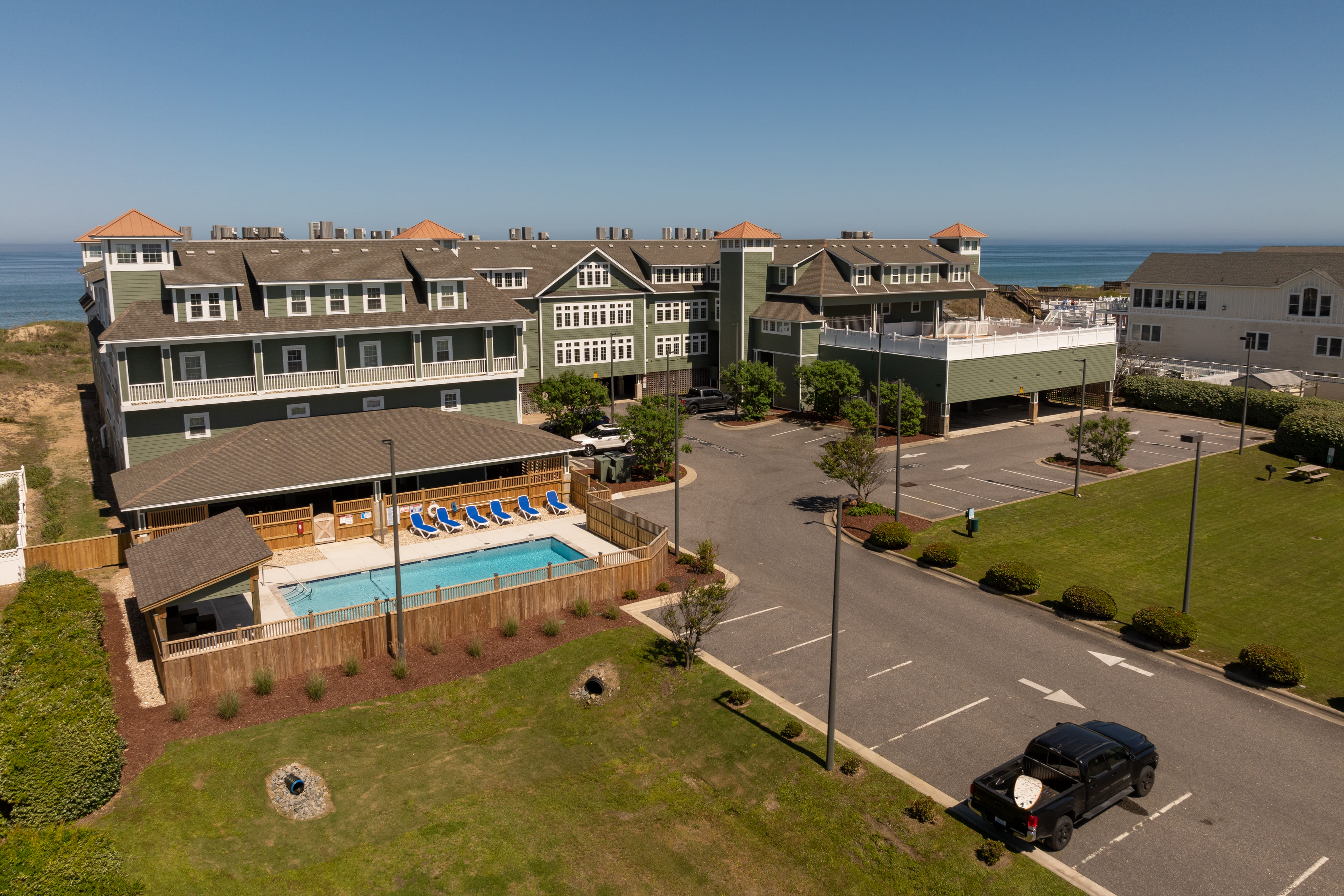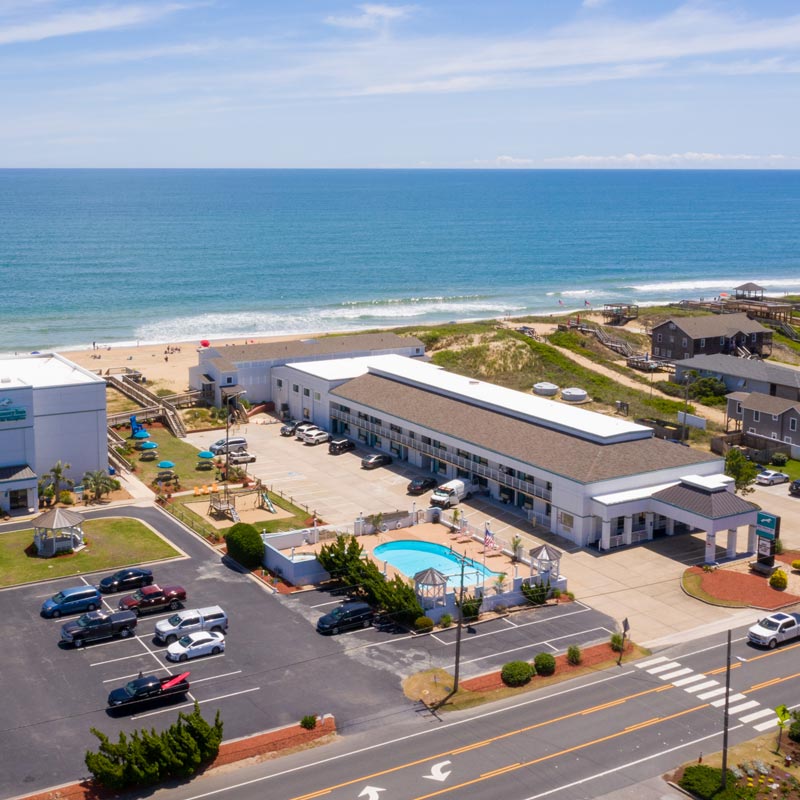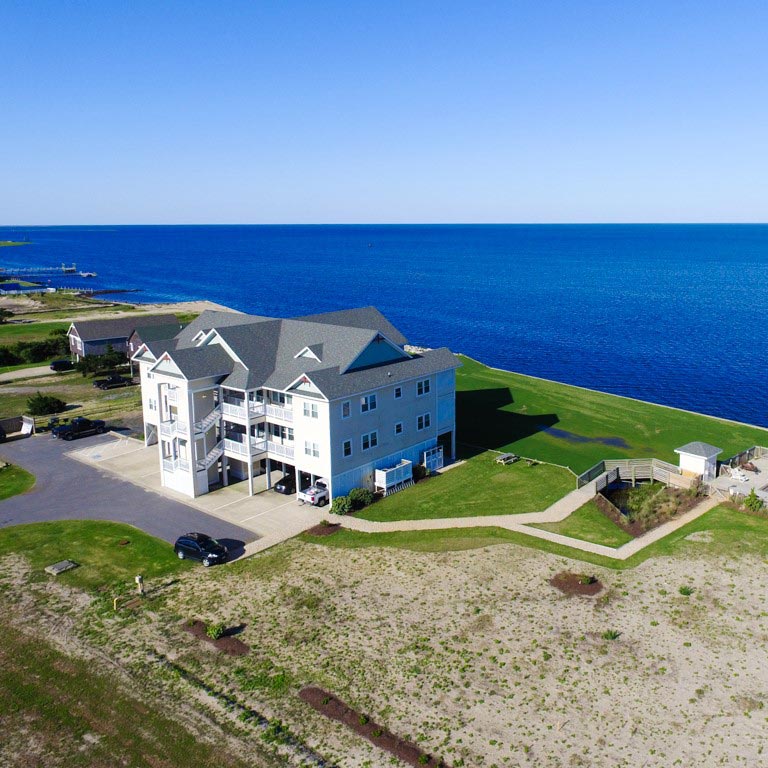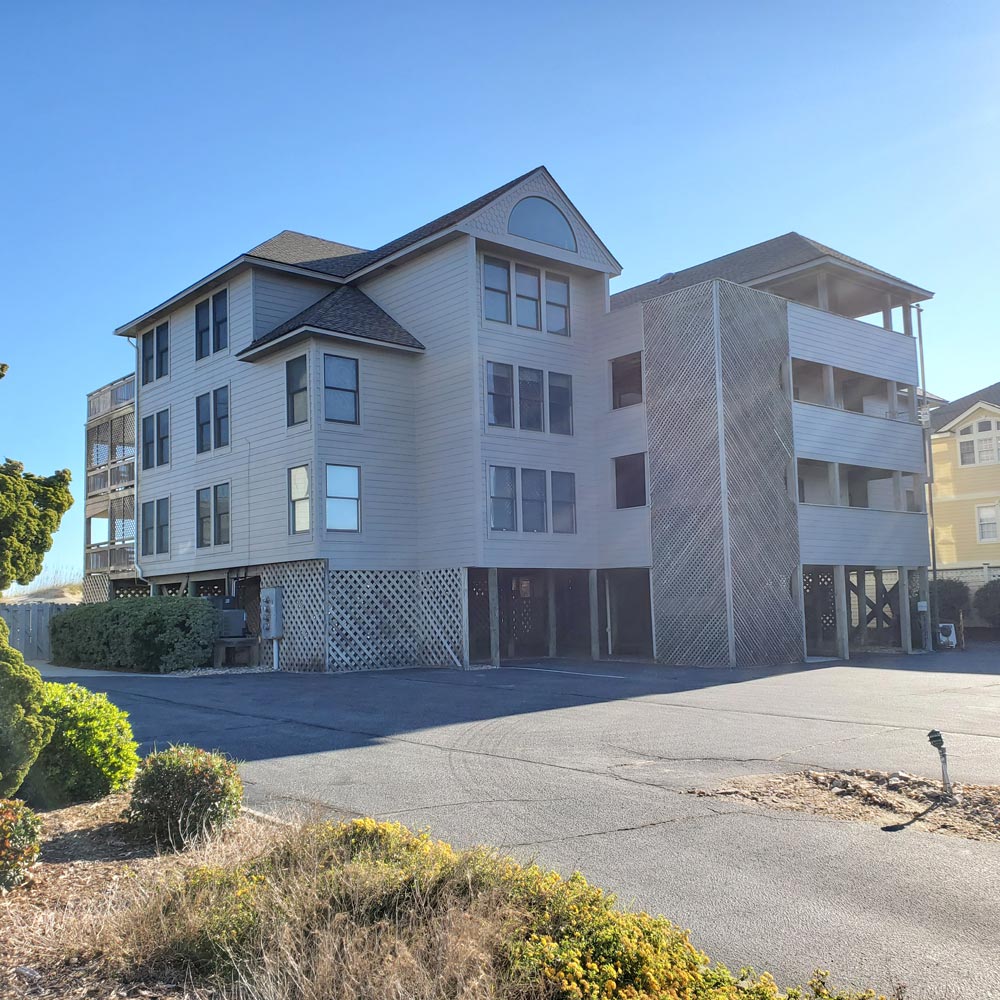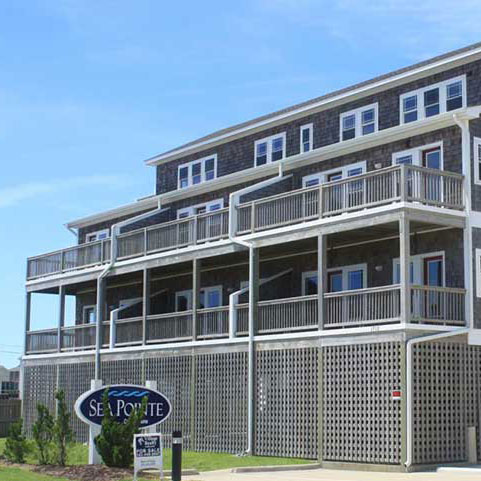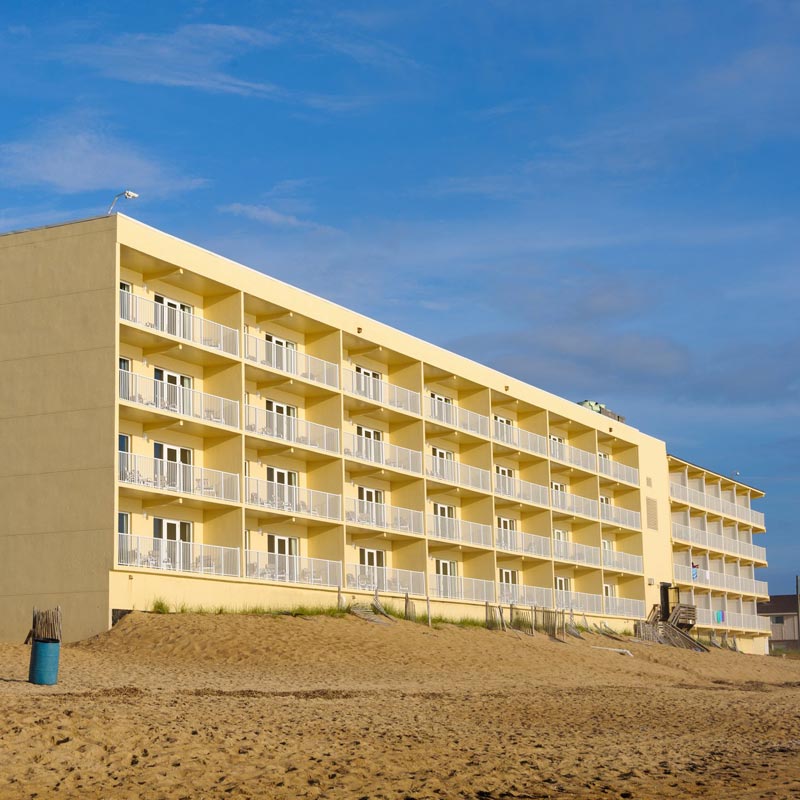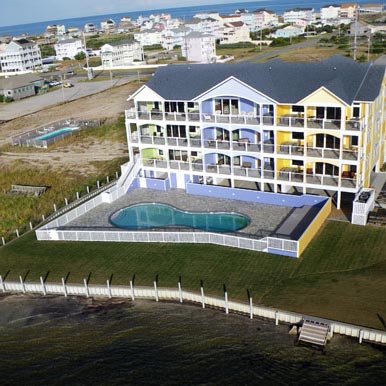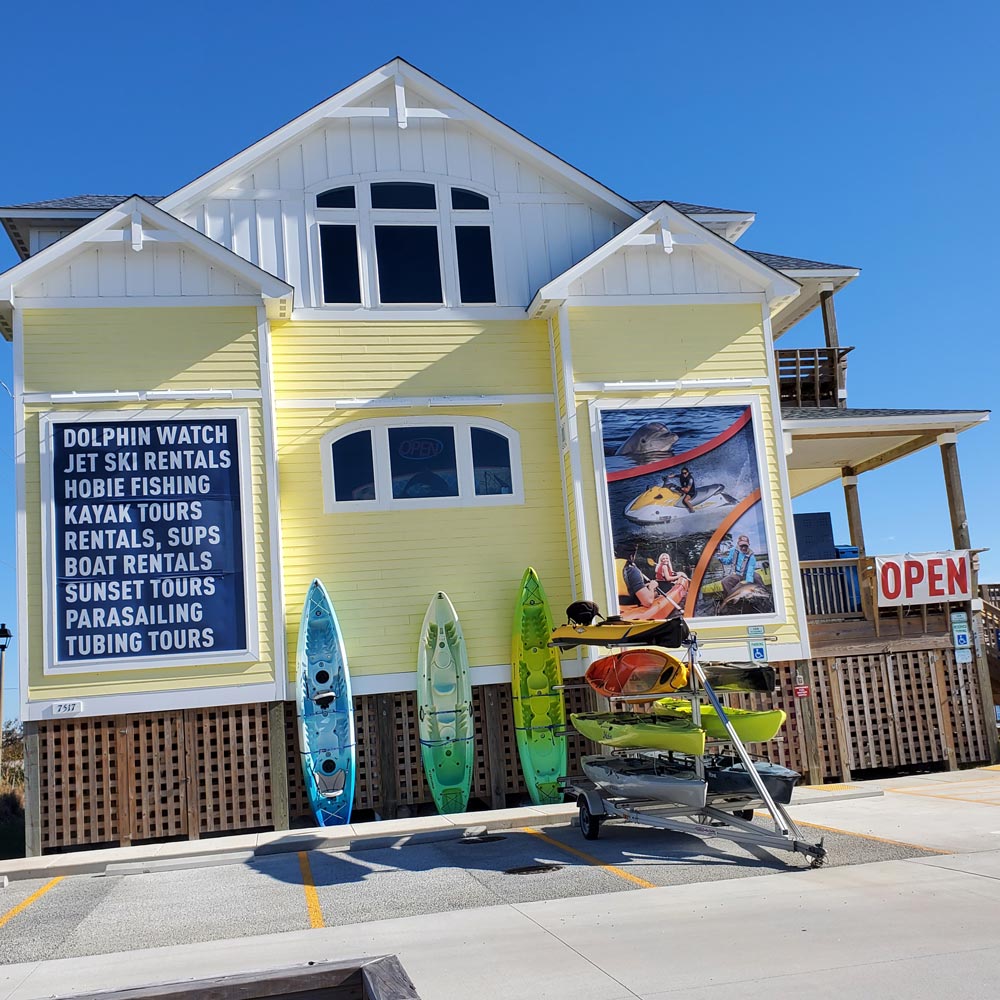Best Beaches in the Outer Banks, North Carolina
If you’re planning a trip to the Outer Banks of North Carolina, chances are you have a healthy appreciation of all things ocean life. Namely, the wide sandy beaches, the sun on your skin, and the waves crashing in the distance that set the backdrop for epic East Coast beach days.
With 200 miles of coastal shoreline, the OBX has plenty of sandy escapes. The Outer Banks offers something for everyone, from action-packed shores surrounded by amenities to quiet coastal beaches in the narrowest, most remote parts of the islands.
To maximize your beach time on your next getaway, you’ll want to check out these incredible Outer Banks beaches. For convenient beach vacations with plenty of options for cozy vacation rentals and local dining and shopping, these Outer Banks beaches can’t be beat!
Nags Head
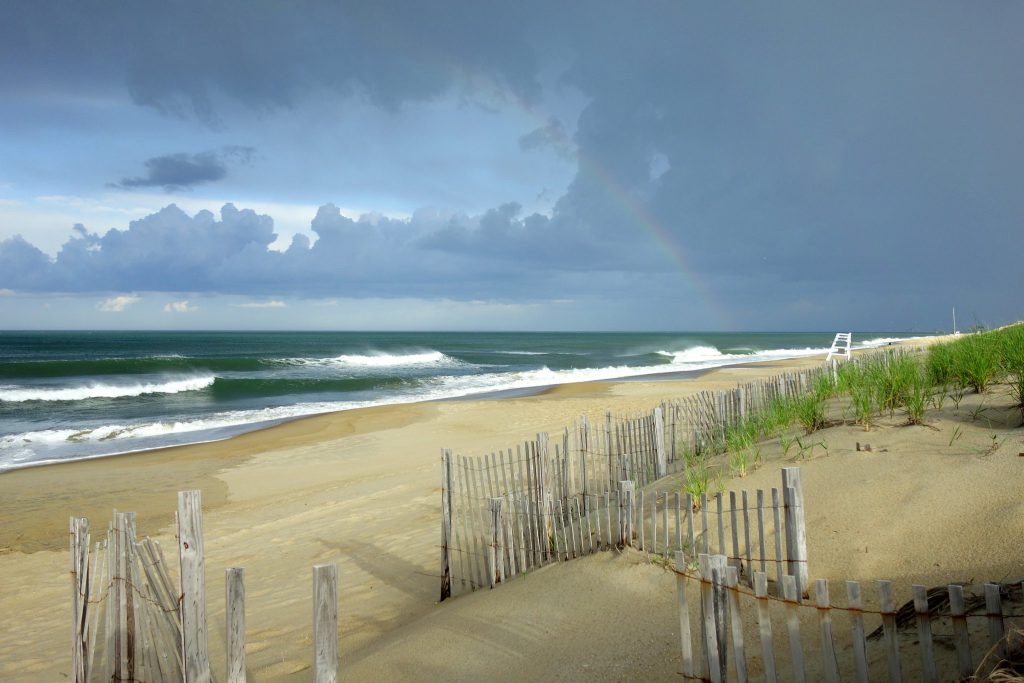
There are only two bridges entering the Outer Banks. After passing through Roanoke Island and Manteo, Nags Head is one of the first beaches you’ll encounter. It’s also one of the most popular beaches on the Outer Banks.
The location and easy access from the highways make it convenient. You’ll find tons of convenient vacation homes and local amenities. It also offers some unique opportunities for fun on your family vacation.
You’ll find places to rent surfboards, jet skis, and even entire boats. In Jockey’s Ridge State Park, you can go hang gliding amongst some of the Atlantic Coast’s tallest sand dunes. Or glide above the waves while parasailing over Currituck Bay. There are no shortage of water adventure options on the shores of Nags Head.
More into fishing than water sports? There are many options for fishing enthusiasts, including surf fishing, head boat fishing, offshore charters, and pier fishing. There are even three fishing piers in Nags Head, Jennette’s Pier, Nags Head Pier, and Outer Banks Fishing Pier.
If you’re just wanting to park a beach chair in the sun and spend a day on the beach, Nag’s Head has no shortage of beach access options. Most of these have parking available and lifeguards during the summer season.
Pro tip: Arrive early to stake out your spot on the beach before the crowds hit. Parking spots can be filled entirely by 10 a.m. or earlier during the busy season.
Kill Devil Hills
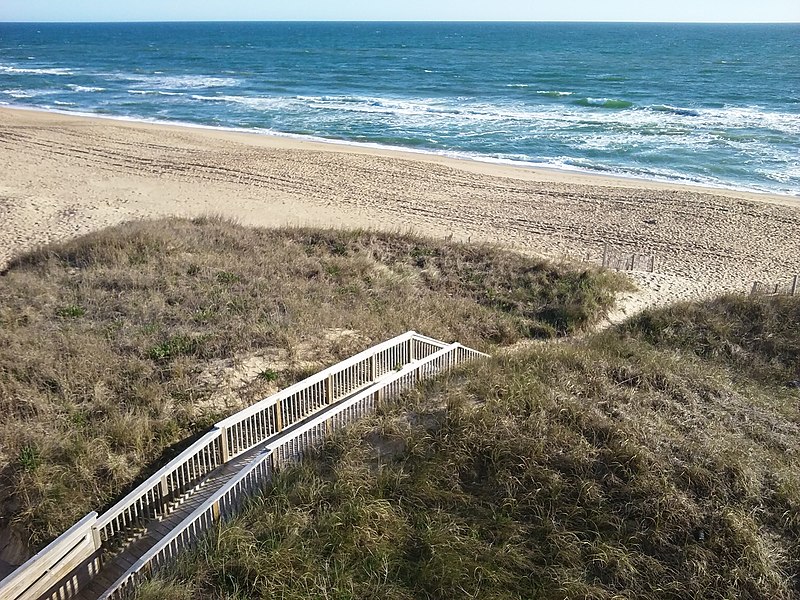
Kill Devil Hills is perhaps the most infamous place in the Outer Banks. Forged by the sands of the shores, Kill Devil Hills was home to an important historical event. The Wright Brothers National Memorial was erected here to commemorate the pioneers of modern aviation, the Wright Brothers, and their first flight from the hill in 1903.
But the Wright Brothers aren’t the only thing Kill Devil Hills is known for. This stretch of the Banks is known for its massive dunes and breezy beaches. You’ll also find plenty of convenient beach access points along Highway 12.
Kill Devil Hills water is argued to have some of the best waves in the area and is a popular spot for surfers. They also offer access to lots of opportunities for water recreation activities. After a day on the beach, you’ll also discover plenty of restaurant options to satisfy the appetite you worked up!
Kitty Hawk

Kitty Hawk is home to the only other bridge access to the Outer Banks. Thanks to this, and the allure of pristine nature and massive sand dunes, its beaches are also some of the more popular in the area.
Luckily you’ll find several public beach access points and parking available. You can also visit the Kitty Hawk Woods Coastal Reserve for soundside access to the Albermarle Sound. Beachgoers love this area for its plentiful fishing, biking, hiking, and even hunting opportunities.
Kitty Hawk is perhaps the most commercial area of all of the OBX. As a result, there are many restaurants to dine at and shops to peruse when taking a break from the sun and sand.
Currituck/Corolla Beach
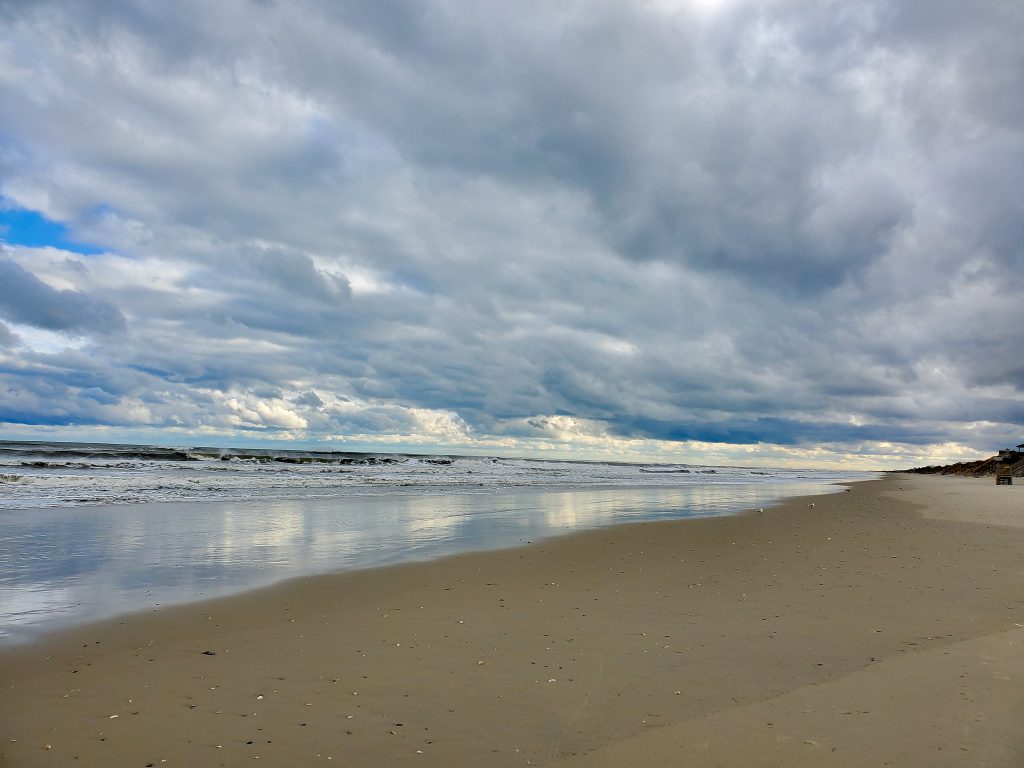
Heading north from Kitty Hawk, you’ll pass through small towns, Duck and Southern Shores, while heading to the top of the Outer Banks. You’ll find the next public beach access at the family-friendly Corolla Beach.
This beach offers one of the best opportunities to see the wild Spanish Mustangs that roam the area. The wild herds migrated to the northern beaches of the Outer Banks for their own protection from the growing population of the barrier islands.
Still, you will find incredible beaches in this area and plenty of beach access points leading to them. The majority of the public beach accesses are located in Corolla, as the beach accesses in Currituck are primarily private neighborhoods and communities.
In Currituck, you’ll also find one of the OBX’s famous lighthouses. Currituck Lighthouse is the northernmost lighthouse in North Carolina. Visitors may climb to the top, and it’s a fun excursion with beach access close by across the highway.
Carova Beach
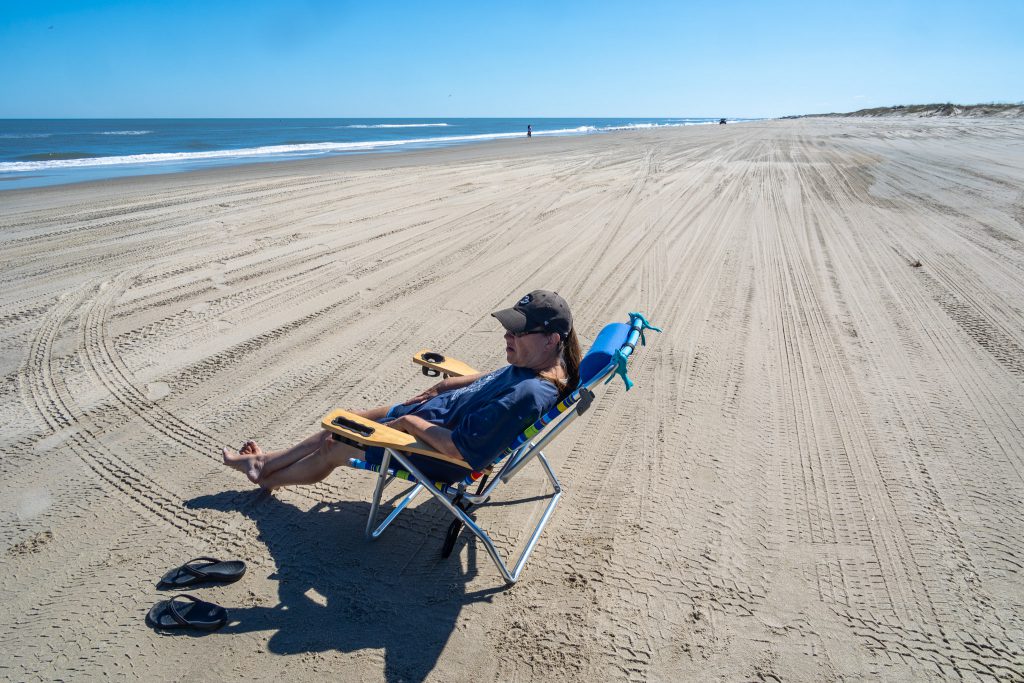
This super secluded beach is only accessible by 4-wheel drive. It is the northernmost bank of the Outer Banks, falling just short of the Virginia board. It also is home to roaming herds of beautiful Spanish mustangs.
Due to the limited access, large sections of this beach are completely deserted. There are no designated parking areas, but off-road vehicles can pull off from other vehicles and spend the day tail-gating on the beach. No permit is required to drive on the beach, but you will need a permit to park during the summer.
A beach day on Carova can be quite the rustic experience with no restrooms around. The panoramic views of the Outer Banks and the chance to commune with the wild horses still bring crowds to these northern beaches.
Driving at low tide is easiest because of the compacted sand. You do not want to take a vehicle not equipped with four-wheel drive because getting towed off this beach is incredibly expensive. There are lots of different options for wild horse tours if your vehicle needs to be equipped for beach driving.
Guided tours often have the best luck finding the mustangs as they know where the horses like to frequent year-round!
Coquina Beach
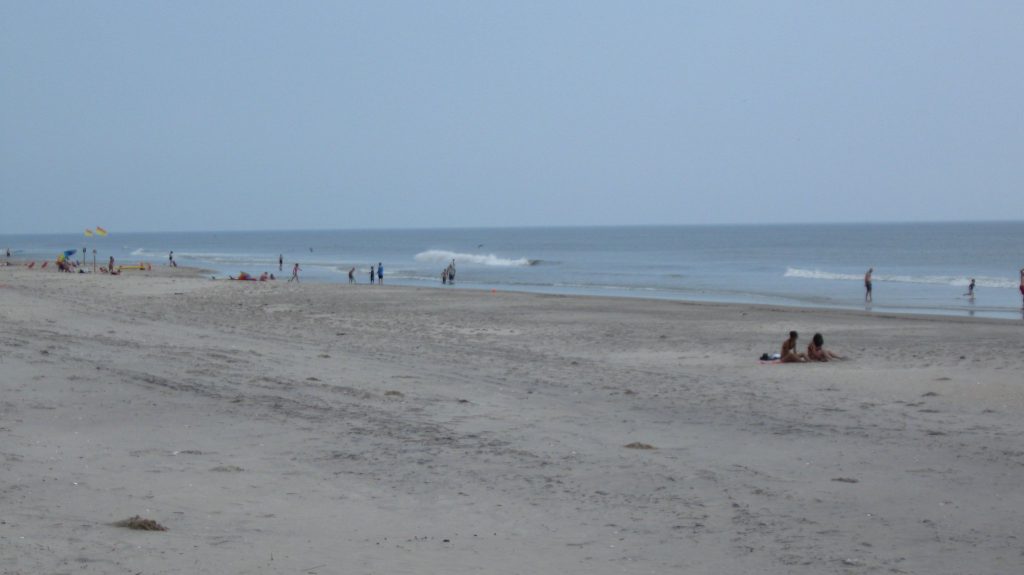
This beach is tucked below Nags Head and begins the Cape Hatteras National Seashore. It is directly across from the Bodie Island Lighthouse access road. This beach is quieter than the bustling beaches of Nags Head and offers ample parking, a bathhouse, and a wooden boardwalk to the beach in addition to smaller crowds.
Coquina Beach is also the perfect beach to visit at night. You are allowed to build a beach fire as long as you follow local rules and regulations. It’s the perfect place to stargaze and roast s’mores while listening to the waves crash in the distance.
Lifeguards are available seasonally. Please be mindful when swimming here. This area is prone to strong currents and riptides.
Pea Island
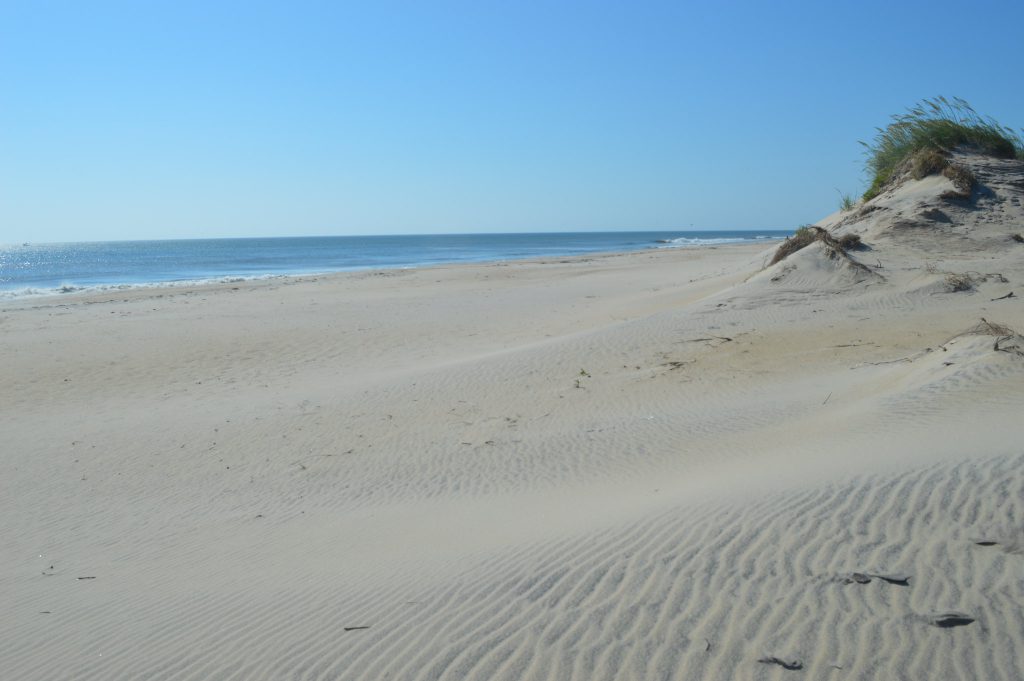
After crossing the bridge over the Oregon Inlet, you’ll arrive at Pea Island. This narrow stretch of roadway along Highway 12 is one of the more remote areas of the barrier isles. The peak of storm season sometimes finds the road reclaimed by the island dunes as drifting sand encroaches on the streets.
This area has an abundance of beaches but no designated parking. So if you want to visit a beach along this stretch of highway, you’ll need to park alongside the road and find a good spot. This 13-mile stretch of beach is also home to the Pea Island National Wildlife Refuge.
The Visitors Center is located across the street from the beach. Here you’ll find displays about local wildlife and information about the refuge and trails. A crosswalk leads across the highway for convenient beach access from the Visitor’s Center.
Cape Hatteras/ Hatteras Island Beaches
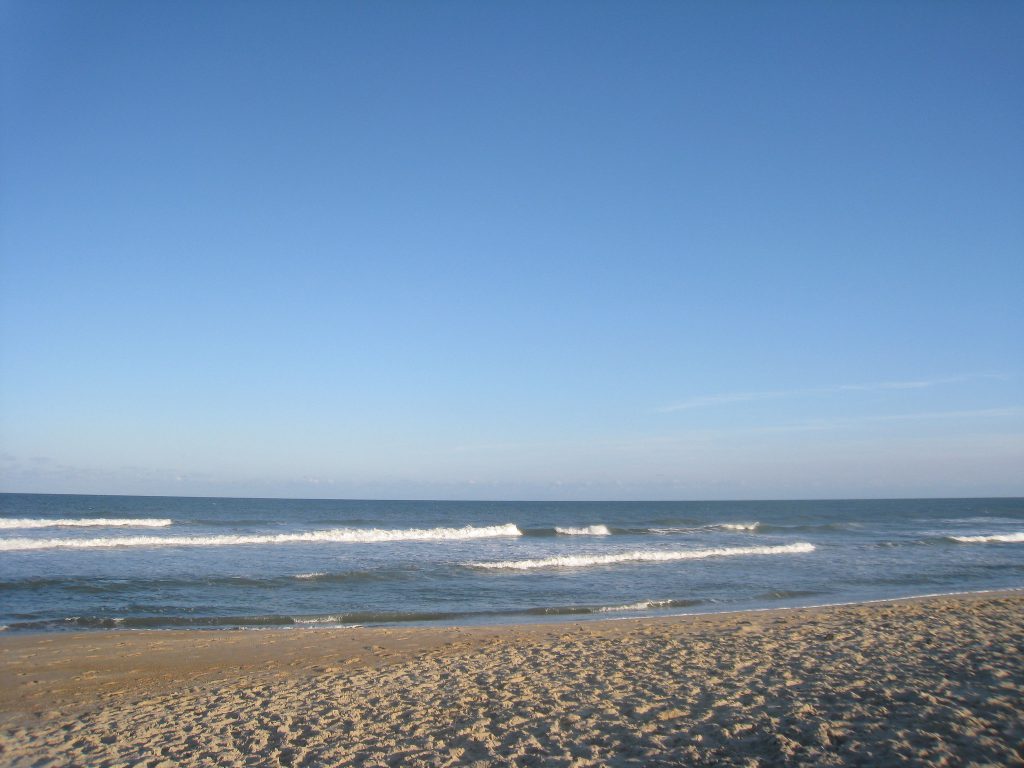
The Cape Hatteras National Seashore begins at Coquina Beach, but the Hatteras Island portion comprises seven villages: Rodanthe, Waves, Salvo, Avon, Buxton, Frisco, and Hatteras. Along these coasts is approximately a 70-mile stretch of undeveloped beaches maintained by the National Park Service.
Rodanthe/Waves/Salvo
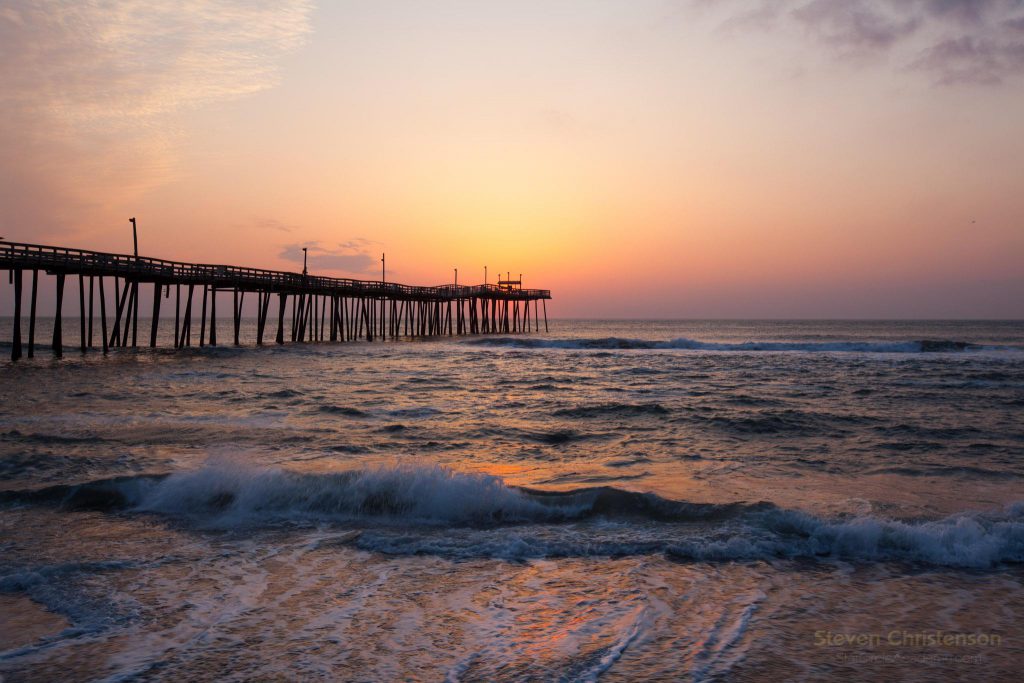
The close proximity and lack of town signs often leave OBX visitors with the impression that these three towns are actually one. This has led to locals affectionately referring to this area as the “tri-villages.” However, each area offers its own unique coastal charm.
The small coastal town of Rodanthe became a pop century icon after the Nicholas Sparks novel Nights in Rodanthe. It is also home to the Chicamacomico Life-Saving Station, which houses several historic buildings that once served to rescue ships stuck on the shoals.
The Waves area offers lots of options for watersports. It’s a haven for kiteboarding enthusiasts and hosts a celebrated annual invitational tournament.
Salvo also has uncrowded beaches and also offers soundside beach access. Here you’ll find the Pamlico Sound, a popular spot for paddleboarding and kayaking.
These areas are popular with anglers and surfers, but the beaches remain quiet due to their location. You’ll find plenty of beach access points along Highway 12 and at the end of practically every oceanfront street.
Avon
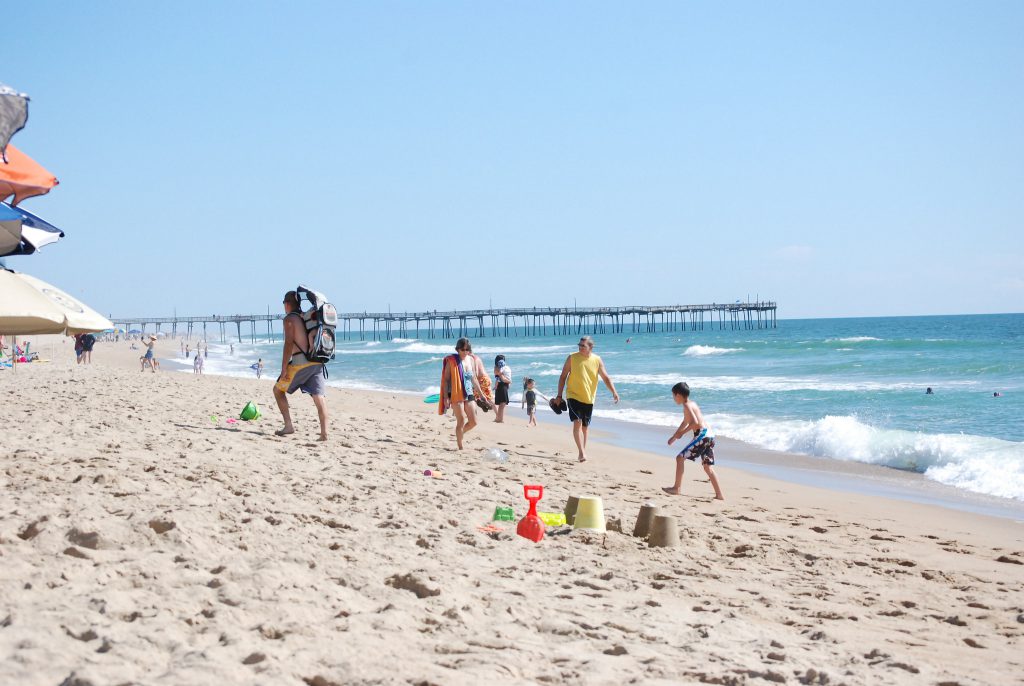
This small beach town is the most commercially developed area on Hatteras Island. You’ll find more amenities, a few restaurants, and a grocery store here.
Avon’s beaches typically remain quiet and isolated despite having a few more dining options and more convenient shopping. You’ll find the best local access to the beach just south of Avon off Highway 12. At this access, you’ll discover handicapped access and a bathhouse.
Buxton
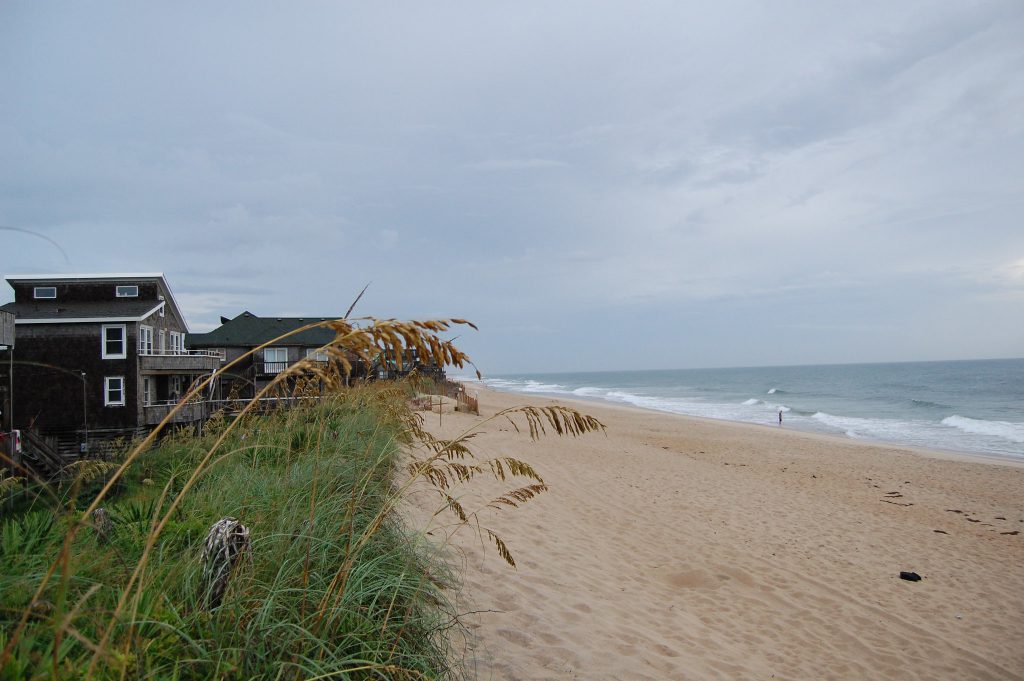
This beachfront community is home to the tallest brick lighthouse in North America. The stately Cape Hatteras lighthouse stands at 198 feet and is known for its black and white diagonal stripes. You’ll find beach access just a half mile north of the lighthouse, off Lighthouse Road.
Buxton is also home to Cape Point Beach. This beach has off-road vehicle ramps that are very popular with fishermen due to its reputation for world-class surf fishing.
Frisco

You’ll find Frico just north of Hatteras Village on a more isolated stretch of the OBX. This quiet small town offers more seclusion and unspoiled beaches.
You’ll find a public beach access just south of the town limits. Here you’ll have access to parking, restrooms, and showers.
Hatteras Village
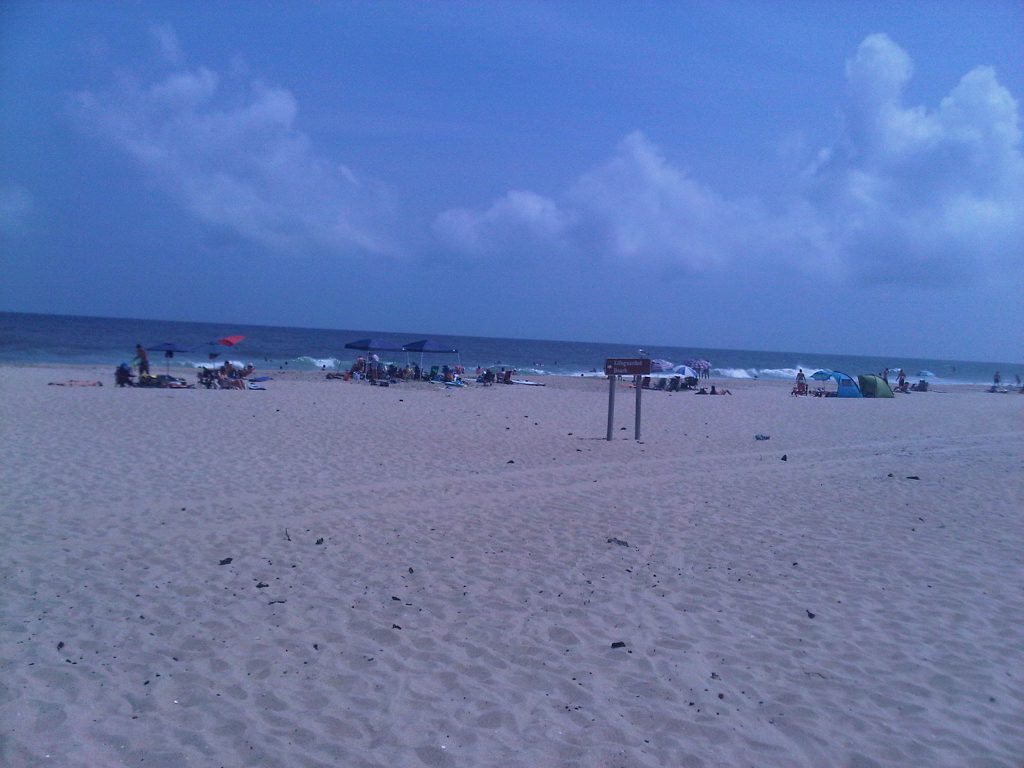
This small town is stationed at the tip of Hatteras Island. While it is best known for its fishing, its wide sandy beaches are also renowned for their privacy and seclusion. You’ll find beach access ramp 55 just outside town lines.
The access to Hatteras Village is conveniently located across from the Graveyard of the Atlantic Museum. This museum makes the perfect stop after a day on the beach. You can enjoy some air conditioning while learning about the extensive maritime history of the Outer Banks.
Ocracoke
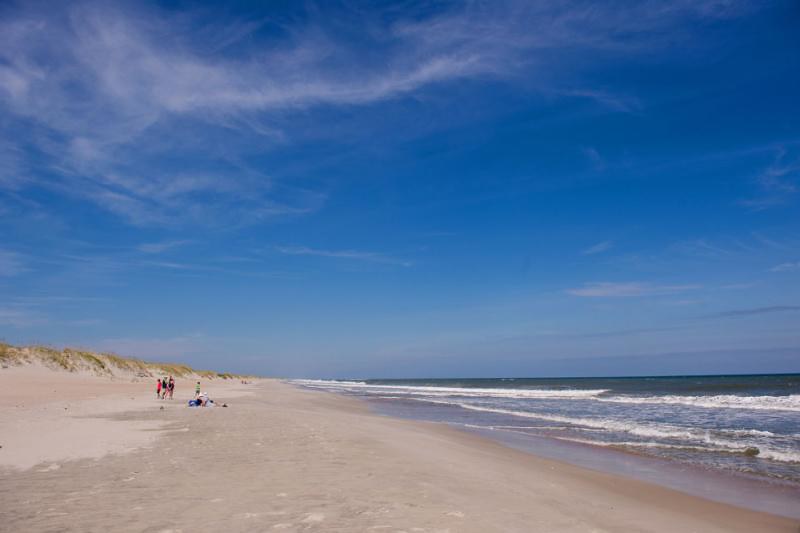
The beaches of Ocracoke Island are accessible only by ferry or boat. This limited access means these beautiful beaches are usually relatively quiet.
The quiet beaches make this coastal seaside perfect for water activities like kayaking or sail boating. One of the best beach access points on the Island is right across from the Pony Pens. Before trekking across the street and down the boardwalk to the beach, be sure to stop by and meet some of the island’s original residents, the native herds that once roamed the area freely.
The coastline of Ocracoke spans only 16 miles, but it is crammed with history. This tiny island was once rumored to have Blackbeard as a frequent visitor. You’ll want to check out the town after hitting the beaches.
This quaint coastal community has the unique feel of a small coastal town with an easy-going, laid back charm. There are plenty of places to eat or grab an ice cream cone, and the Ocracoke Lighthouse is a quick and fun stop while you’re in the area.
Grab a Towel and Hit the Beach!
If sun and sand are calling, you’ll find the beaches in the Outer Banks more than equipped to answer their call. So book your paid time off, book a First Flight vacation rental, and start planning your beach getaway to the OBX today.
Posted on 05/08/2023 in Area Information


